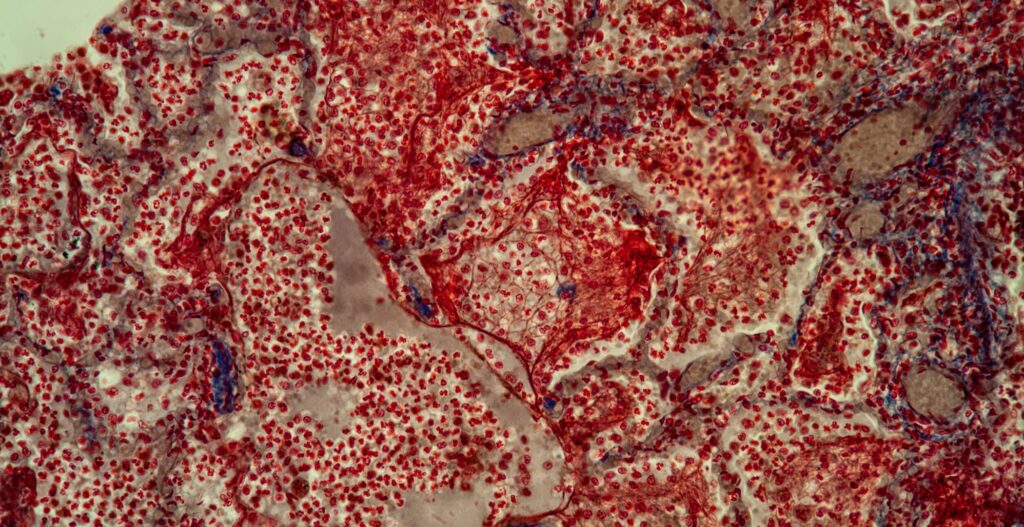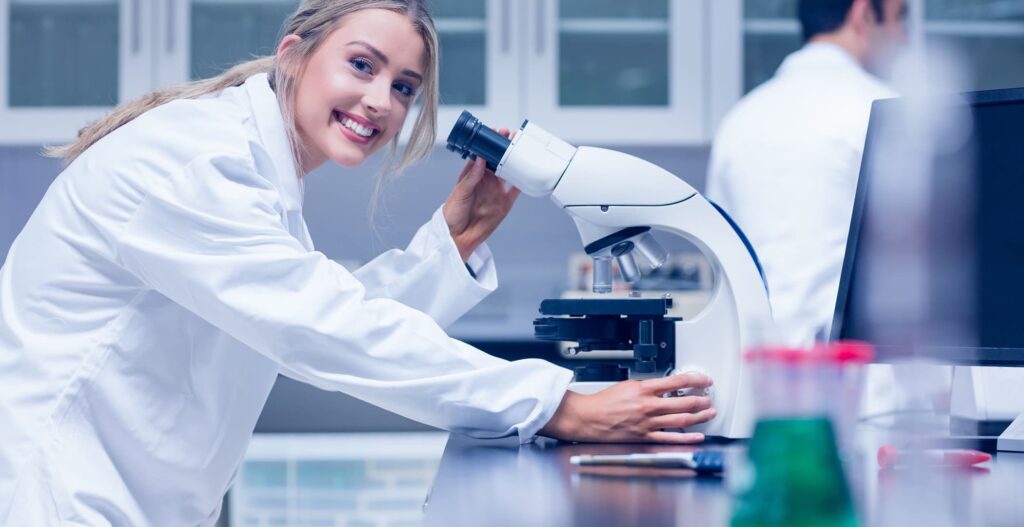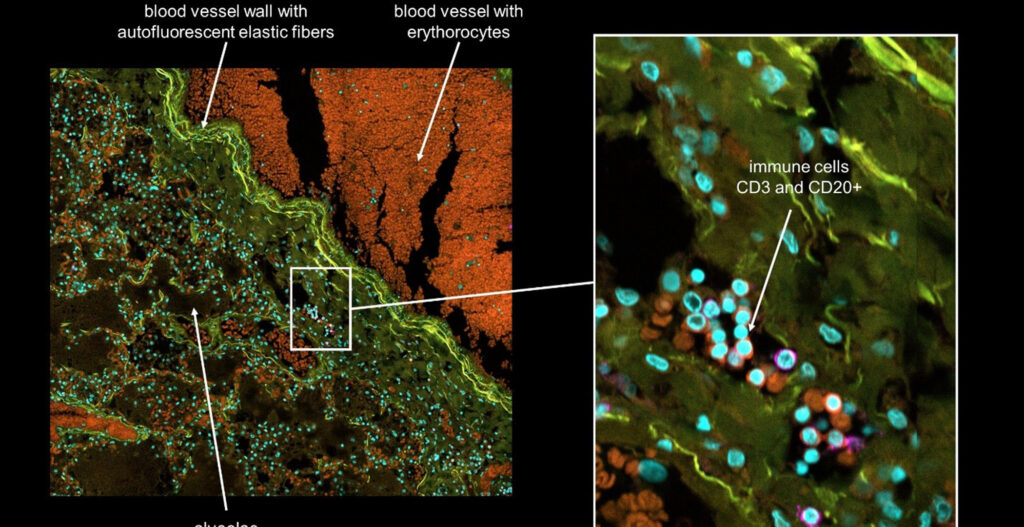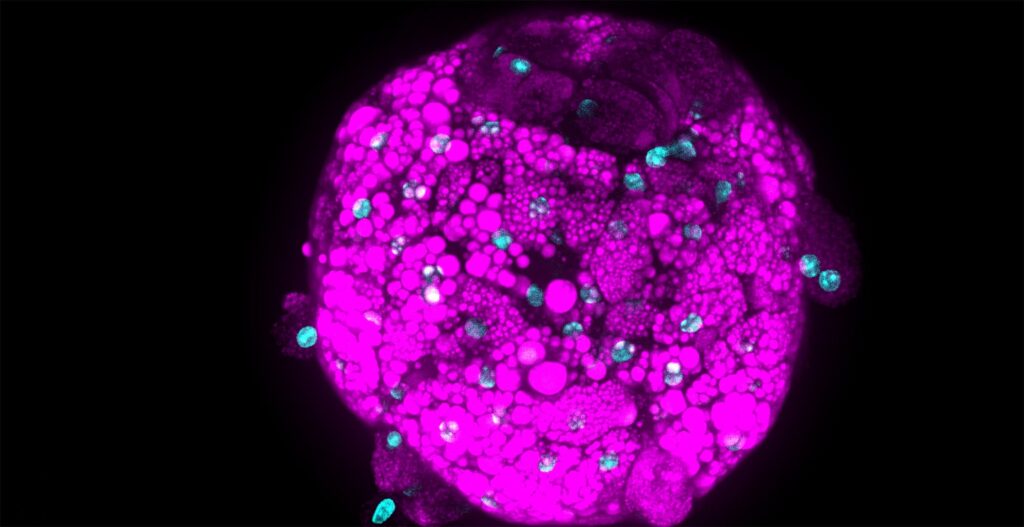Why it’s important to analyze discrete locations of tissue
The detailed analysis of discrete locations of tissue is an important approach for the biomedical field. Useful information for understanding region-specific interaction between delivered drugs and host biomolecules can be provided from such analysis. Also, the drug distribution in different tissues can be estimated to understand better anti-microbial resistance.
Resistance towards antibiotics
Unfortunately, in many cases, a disease is not beaten by developing a drug. After some time, bacteria can change themselves or get resistant to certain active ingredients. Thus, antibiotics are simultaneously a blessing and a curse. The resistance towards antibiotics is one of the most problematic issues in our modern society. The massive use of antibiotics leads to an increase in the resistance of bacteria towards antibiotics. For example, tuberculosis (TB) is the top ten cause of death worldwide which is caused by the mycobacterium tuberculosis and multi-drug resistant TB is a continued threat.
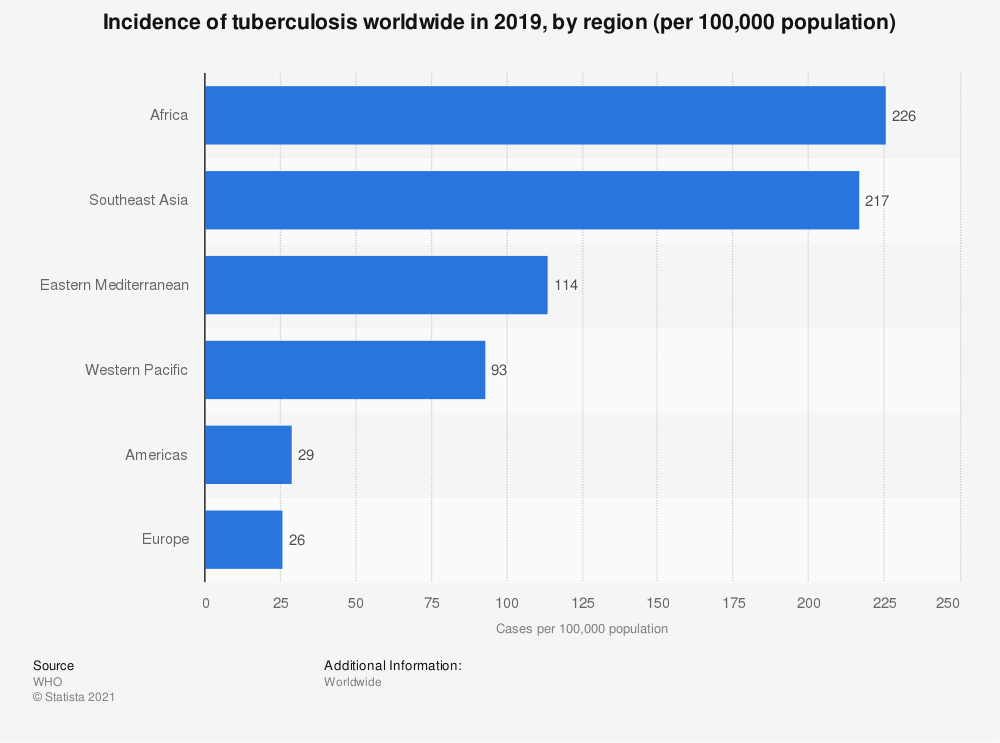
[vc_hoverbox image=”2248″ primary_title=”What is Tuberculosis?” hover_title=”Tuberculosis” hover_background_color=”peacoc” css_animation=”fadeIn”]Tuberculosis disease is caused by the Mycobacterium tuberculosis (MTB) bacteria. It is infectious and in 90% of all cases, the lungs are affected. It is a very insidious disease because in most cases there are no symptoms at first (latent tuberculosis). In 10 % of all latent tuberculosis cases, symptoms show at a later stage. If not treated, Tuberculosis disease can lead to death. Persons with active tuberculosis are contagious. The disease spreads by droplet infection (coughing, sneezing, speaking, or spitting).
Symptoms of active Tuberculosis:
- chronic cough
- weight loss
- fever
- night sweat
- mucus containing blood.
[/vc_hoverbox][vc_empty_space]
Drug Distributions in Tissues

Prof. Melanie Bailey from the University in Surrey measures drug distributions in tissues after they were spiked with drugs. She is using a single cell extraction method in addition to LC-MS that improved measurement precision.
With this method, the working group in Surrey could probe local drug concentrations in tissue and validate them by using nano capillary extraction and liquid chromatography. Localized lipidomics profiles can be concomitantly detected and used in combination with elemental mapping to give insight into biological processes such as oxidative stress.
[vc_cta h2=”Watch our expert talk at the upcoming NextGen Omics event!” color=”peacoc” css=”.vc_custom_1635430213134{background-color: #ffee00 !important;}”]From November 04-05, the NextGen Omics will take place in London. Professor Melanie Bailey will present a talk about “Novel tissue imaging, profiling, and single-cell sampling approaches.”.
When? 05 November 2021
Time: 10:35 – 11:05 AM
Where: Breakout Room 3, Novotel London West
[/vc_cta]
Subcellular Sampling System
Therefore, newly commercialized innovations can improve throughput and targeting accuracy for single cells and their organelles. The Yokogawa Subcellular Sampling System allows subcellular sampling while retaining the positional information in an automated and user-friendly manner.
The combination of the Yokogawa Subcellular Sampling System together with LC-MS is a powerful tool to discover the distribution of drugs in tissues. This can improve the understanding of and use of anti-microbial drugs and therapies against different diseases such as tuberculosis.
[vc_basic_grid post_type=”post” max_items=”3″ grid_id=”vc_gid:1635861689638-cce1e28f-924a-10″ taxonomies=”12″]
